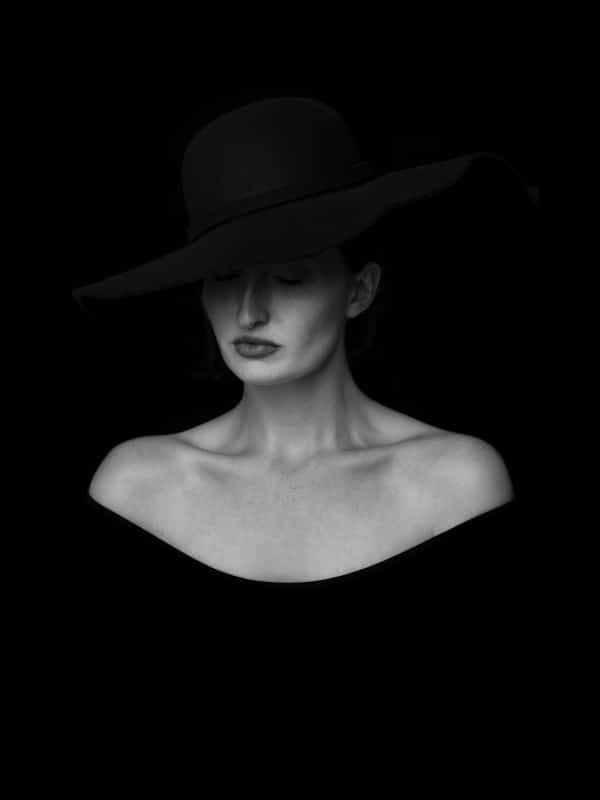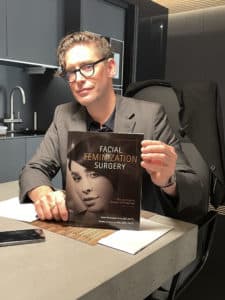What is an IPL (Intense Pulsed Light) Photofacial?
IPL stands for Intense Pulsed Light and Photofacial refers to utilizing light (photo) on the face (facial). IPL Photofacial utilizes multiple wavelengths of the visible light spectrum simultaneously in order to treat many different skin conditions. Sun damage and pigmented spots, facial redness and capillaries, and certain types of birthmarks can be improved with a series of IPL Photofacial treatments. Because it utilizes a broad band of light, it also improves the appearance of skin texture and fine lines, creating a more even skin tone and rejuvenated appearance.
How does the IPL PhotoFacial work?
Your provider will choose settings based on your Fitzpatrick skin type, sun exposure history, and your specific treatment goals. The treatment consists of intense pulses of light emitted in a series over the treatment area. Multiple wavelengths of light are emitted simultaneously, allowing the light energy to penetrate to different levels of the skin. Multiple targets within the skin can be treated, including brown spots, individual vessels, and general redness. The heat generated during the treatment stimulates production of collagen.
Each person’s skin is unique, and the LumenisTM IPL system allows your provider to customize the settings used to provide a safe and efficacious treatment. A topical anesthetic is used to ensure the treatment is comfortable. Treatments take 20-30 minutes depending on the treatment area and the goals of treatment. Typically, multiple passes over certain areas are utilized to maximize treatment results.

When should I plan for additional treatments?
After your initial series of 2-5 treatments it is recommended to have follow-up treatments one or two times a year depending on your skin condition and maintenance goals. Patients with rosacea or flushing issues may opt to have treatment every 3-4 months. Typically, we recommend one treatment every 6 months, or 2 sequential treatments spaced 3-4 weeks apart once annually.
Who is not a candidate for IPL Photofacial?
Photofacial is contraindicated for patients taking Accutane, and for 6 months after discontinuing Accutane. If you are currently tan or have recent sun exposure, any tan must fade completely prior to having a Photofacial treatment to avoid potential side effects. Patients with certain connective tissue or autoimmune disorders may not be a candidate for Photofacial treatment. If you have any chronic medical conditions, do discuss them with your provider to ensure that any special accommodations are taken to ensure your treatment is successful. We don’t perform Photofacial treatments during pregnancy. Moderate to severe cystic acne or rosacea flare ups may be a contraindication. We pretreat patients with a history of cold sores with an antiviral prior to treatment. Photosensitive medications such as Doxycycline should be discontinued for 5 days prior to treatment. Minocycline or Tetracycline should be discontinued 3 days prior to treatment. If you have any questions about your medications, or if you start a new medication prior to your treatment, make sure to notify your provider.

Just Published!
The wait is over! Dr. Deschamps-Braly’s new book “Facial Feminization Surgery: The Journey to Gender Affirmation” is back and available now. This second edition covers the advances in facial feminization as well as helpful patient stories and is a great resource for FFS patients and their loved ones.
LEARN MOREAre there any side effects?
During the actual treatment, you will experience some discomfort followed by a mild sunburn sensation after the treatment. Mild to moderate redness and mild swelling is typical immediately following treatment, which may last 24-48 hours. Brown spots and pigmentation will darken temporarily, and then flake and fall off over the course of 7-10 days. It is rare for mild blistering, scabbing and bruising to occur, but it is self-limiting and typically resolves spontaneously. Post treatment hyperpigmentation and hypopigmentation rarely occur but are treatable if they persist. It is extraordinarily rare for scarring or negative skin texture changes to occur.
Does the IPL Photofacial work for body areas?
IPL Photofacial can be used on all areas of the body, including the hands, arms, shoulders, back, the tops of the feet, and legs. It is very beneficial as part of a hand rejuvenation treatment program to bring a more youthful appearance to the hands.
How can I prepare for my treatment?
It is best to arrive at the office without make up, but it will be removed for you prior to treatment. Men need to shave closely on the day of treatment. Some patients require pretreatment with prescription topicals prior to their treatment, and your provider will review your program if necessary.
After the procedure moisturizer and sunblock will be applied and we will review your post care instructions. You should plan to avoid sun exposure for 4 weeks before and after treatment and wear a sunblock (preferably with titanium or zinc as the primary active agent) daily and reapply if necessary. If you spend a lot of time outdoors, please also wear a hat or visor. After the treatment, a gentle skin care regimen is recommended until your skin no longer feels tight or dry. You should avoid strenuous exercise and flushing triggers for 48 hours after the treatment.
As this is a non-invasive procedure, typically there is very little downtime, and patients may return to regular work, social and family activities immediately. Schedule your consultation today!


